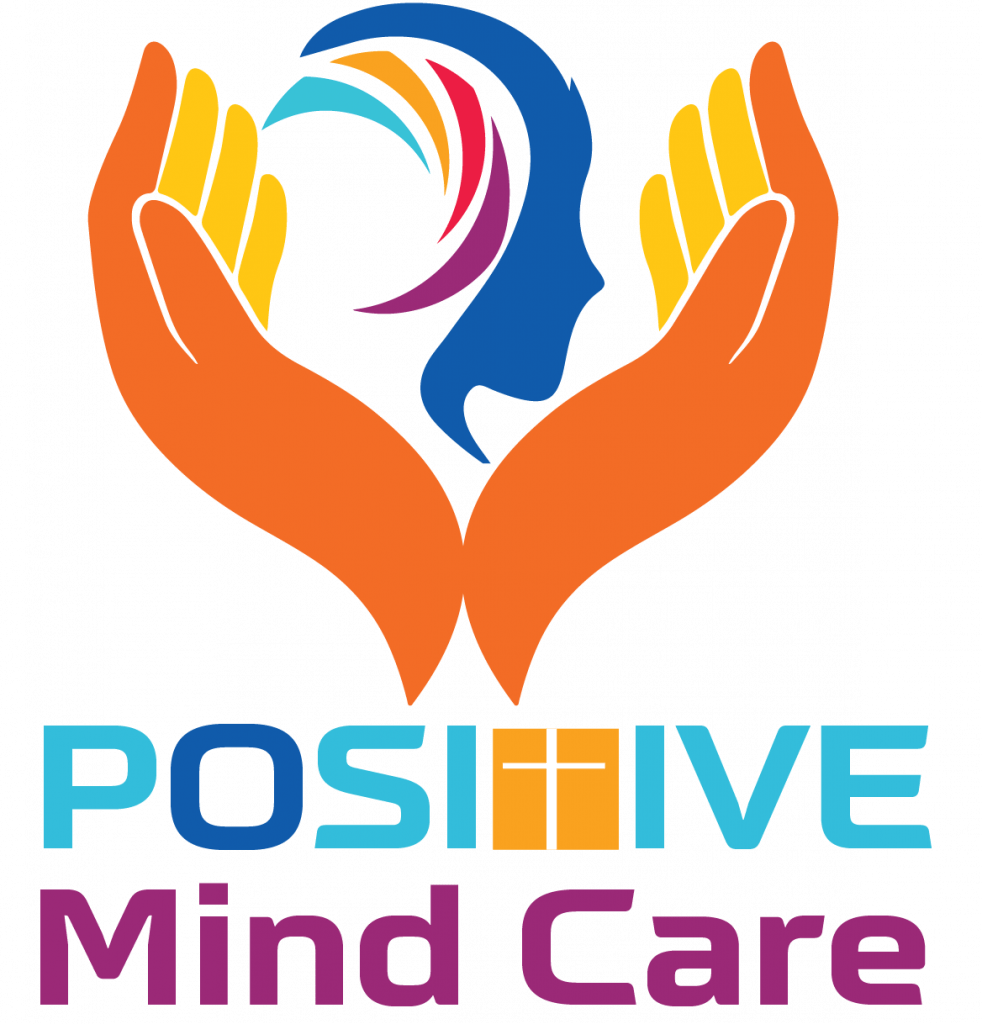India, a nation known for its rich cultural diversity and active lifestyle, is witnessing a concerning trend among its younger generation – a sedentary lifestyle. At Positive Mind Care, we are empathetic to the stresses of modern life. With rapid urbanization, technological advancements, and increasing academic pressures, adolescents and students are spending more time engaged in sedentary activities and less time in physical pursuits. This blog delves into the causes and consequences of the sedentary lifestyle prevalent among Indian adolescents and students, shedding light on the detrimental effects it poses on their physical health, mental well-being, and overall development.
Understanding the Sedentary Lifestyle of Adolescents and Students:
Causes of Sedentary Behavior:
Several factors contribute to the rise of a sedentary lifestyle among adolescents and students in India:
Academic Pressure: The intense competition in the education system often leaves students with limited time for physical activities as they focus on studies and preparation for exams.
Technological Overload: The widespread availability and affordability of smartphones, computers, and video games have made screen-based entertainment easily accessible, drawing adolescents and students towards sedentary behaviors.
Lack of Safe Spaces: Urbanization has led to a scarcity of safe playgrounds and recreational areas, limiting opportunities for physical activities.
Transportation: Dependency on motorized transport, such as school buses or private vehicles, reduces the need for walking or cycling to school.
Prevalence of Sedentary Behavior:
A sedentary lifestyle is increasingly becoming the norm among adolescents and students in India. At Positive Mind Care, we aspire to create a meaningful change in the youth which will have long lasting effects. According to studies, a significant percentage of young individuals spend long hours sitting, be it in classrooms, while doing homework, or engaged in screen-based activities during leisure time. This sedentary trend is not only prevalent in urban areas but is also seeping into rural communities.
Detrimental Effects of Sedentary Lifestyle on Adolescents and Students:
Physical Health Implications:
Obesity and Chronic Diseases: The lack of physical activity and increased sedentary behavior contribute to obesity, which is a major risk factor for chronic diseases like type 2 diabetes, hypertension, and cardiovascular problems.
Musculoskeletal Issues: Prolonged sitting and poor posture can lead to musculoskeletal problems, including back pain, neck strain, and repetitive stress injuries.
Weakened Immune System: A sedentary lifestyle can compromise the immune system, making adolescents and students more susceptible to infections and illnesses.
Sleep Disturbances: Insufficient physical activity can disrupt sleep patterns, leading to sleep disturbances and daytime fatigue.
Impact on Mental Well-Being:
Anxiety and Depression: Sedentary behavior has been linked to an increased risk of anxiety and depression among adolescents and students. Reduced physical activity can lead to imbalances in neurotransmitters like serotonin and dopamine, affecting mood regulation.
Stress and Academic Performance: A sedentary lifestyle can contribute to elevated stress levels, especially during exam periods. Chronic stress can impair cognitive function and negatively impact academic performance.
Decreased Self-Esteem: Adolescents and students who lead sedentary lives may experience body image issues and lower self-esteem, especially if they compare themselves to unrealistic media portrayals of beauty and physique.
Social Isolation: Spending excessive time engaged in sedentary activities can lead to social isolation, limiting face-to-face interactions and potential friendships.
Impact on Academic Performance:
Reduced Concentration and Focus: Lack of physical activity can lead to decreased cognitive function, making it challenging for students to concentrate during class and retain information.
Poor Sleep Quality: Sleep disturbances caused by sedentary behavior can lead to daytime sleepiness and decreased attentiveness in the classroom.
Lack of Creativity and Problem-Solving Skills: Physical activity is known to enhance creative thinking and problem-solving abilities, which may suffer in sedentary individuals.
Decline in Overall Academic Engagement: Students who lead sedentary lives may become disengaged from the learning process, leading to a decline in academic performance.
Addressing the Sedentary Lifestyle Crisis among Adolescents and Students:
To combat the detrimental effects of a sedentary lifestyle among adolescents and students, it is essential for all stakeholders to come together and implement effective strategies:
- Physical Education and Sports Programs: Schools should prioritize physical education and sports programs to encourage regular physical activity among students. Incorporating fun and engaging activities can foster a love for sports and exercise from an early age.
- Promote Active Transport: Encouraging students to walk or cycle to school, whenever feasible, can promote physical activity and reduce the reliance on motorized transport.
- Screen Time Management: Parents and educators should collaborate to set healthy limits on screen time. Encourage balanced usage of technology, incorporating both educational and recreational activities.
- Create Safe and Accessible Spaces: Communities should work towards creating safe and accessible playgrounds, parks, and recreational areas where adolescents and students can engage in physical activities.
- Foster a Culture of Wellness: Schools and colleges should prioritize student well-being and mental health. Implement stress management programs, provide access to counseling services, and create a supportive environment for students to discuss their concerns.
- Lead by Example: Parents, teachers, and caregivers should set positive examples by leading active lifestyles themselves. Encourage family outings that involve physical activities like hiking, cycling, or playing sports.
The sedentary lifestyle among adolescents and students in India is a pressing issue that demands immediate attention. At Positive Mind Care and Research Centre, we recognize the far-reaching consequences of this trend on physical health, mental well-being, and academic performance. By fostering a culture of physical activity, promoting screen time management, and providing safe spaces for recreation, we can empower the young generation to lead healthier and more fulfilling lives. Embracing an active lifestyle is not just a choice; it is an investment in the well-being and future of our youth.


